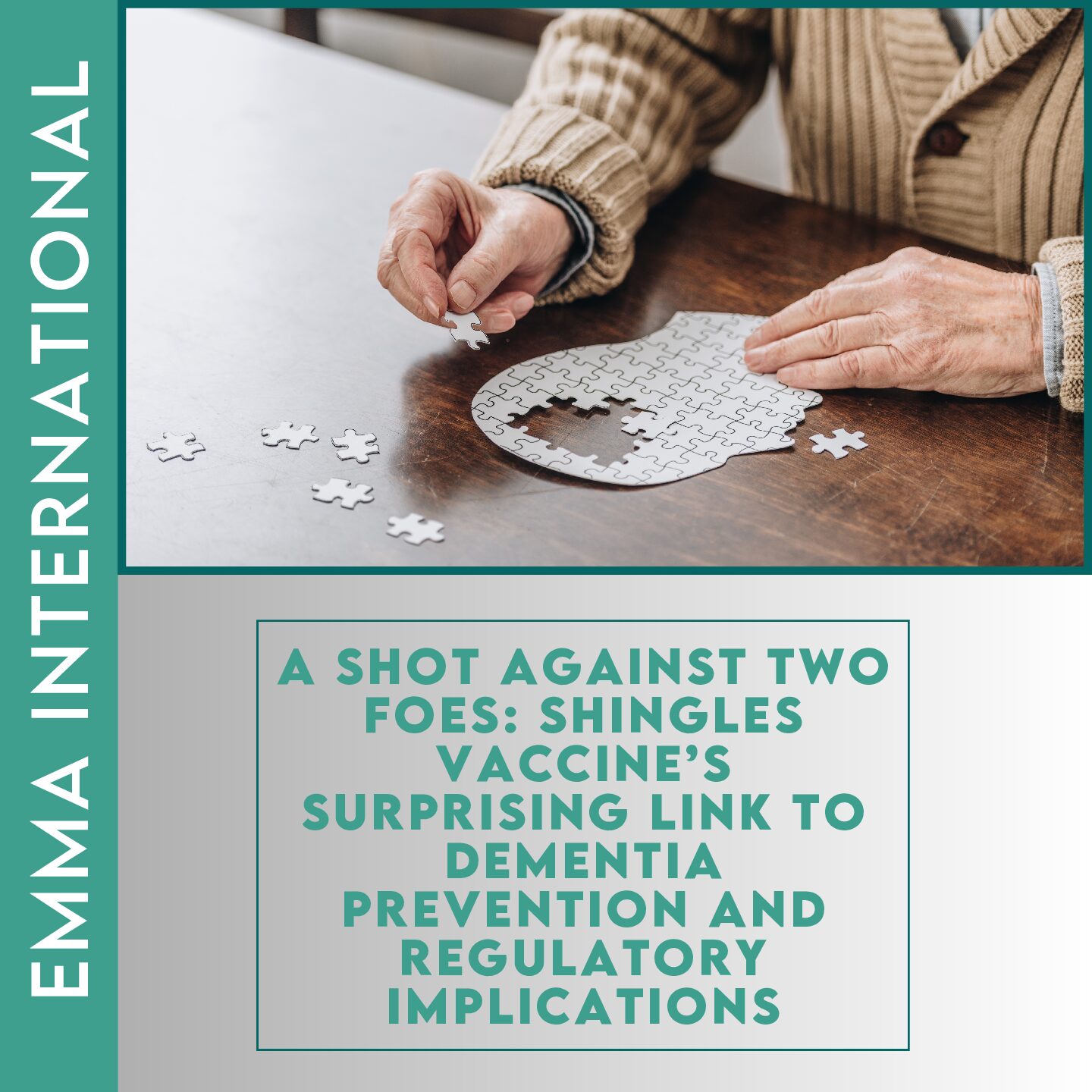The journey of women’s health devices and therapies is a fascinating narrative of innovation, societal shifts, and regulatory evolution. Over the decades, the regulatory landscape has played a pivotal role in shaping the development and accessibility of these critical healthcare solutions. This blog explores the historical milestones in women’s health devices and therapies, focusing on regulatory perspectives and their impact.
Early Beginnings: The 19th and Early 20th Centuries
The 19th century marked the initial efforts in addressing women’s health through medical devices and therapies, albeit with rudimentary and often controversial methods. At this time, the medical field was largely male-dominated, and women’s health issues were frequently misunderstood or neglected.
One of the earliest devices, the pessary, was used to support pelvic organ prolapse. These devices, often made from materials like rubber or metal, were introduced with little to no regulatory oversight. The lack of regulation often led to complications and limited efficacy.
Mid-20th Century: The Advent of Regulation
The mid-20th century saw significant advancements in medical devices, alongside the establishment of regulatory frameworks to ensure safety and efficacy. In the United States, the FDA began to play a more active role.
1950s – Birth Control Pill: The approval of the first oral contraceptive pill by the FDA in 1960 was a groundbreaking moment for women’s health. It provided unprecedented control over reproductive health, but its journey was fraught with challenges. Early versions had high hormone doses, leading to significant side effects. The FDA’s involvement was crucial in refining these formulations, ensuring safer and more effective options.
1970s – Intrauterine Devices (IUDs): The 1970s introduced IUDs like the Dalkon Shield, which, despite its initial popularity, led to severe infections and lawsuits due to design flaws and insufficient testing. This incident underscored the need for stringent regulatory measures, prompting the Medical Device Amendments of 1976, which gave the FDA authority to review and regulate medical devices more rigorously.
Late 20th Century: Technological Advancements and Increased Scrutiny
As technology advanced, so did the complexity of women’s health devices. Regulatory bodies worldwide began to implement more robust frameworks to keep pace with innovation.
1980s-1990s – Mammography and Imaging Technologies: The FDA’s regulation of mammography under the Mammography Quality Standards Act of 1992 ensured higher standards for breast cancer screening, significantly improving early detection and outcomes for women.
1990s – Hormone Replacement Therapy (HRT): The widespread use of HRT for menopausal symptoms came under scrutiny in the 1990s, leading to large-scale studies like the Women’s Health Initiative (WHI). Findings from these studies prompted the FDA to issue warnings and update guidelines, reflecting a growing emphasis on evidence-based regulation.
21st Century: Personalized Medicine and Global Harmonization
The 21st century has been marked by a shift towards personalized medicine and global harmonization of regulatory standards. Innovations in biotechnology and digital health are revolutionizing women’s health care.
Genetic Testing and Personalized Therapies: Advances in genetic testing, such as BRCA gene testing for breast cancer risk, have empowered women with more personalized health information. Regulatory bodies like the FDA and the European Medicines Agency (EMA) have developed frameworks to ensure these tests are accurate and reliable.
Digital Health and Wearables: The rise of digital health technologies, including menstrual tracking apps and wearable devices for monitoring pregnancy, has introduced new regulatory challenges. Agencies are now focusing on ensuring data privacy, accuracy, and the integration of these technologies into mainstream healthcare.
Global Harmonization: Efforts like the International Medical Device Regulators Forum (IMDRF) aim to harmonize regulations across countries, facilitating the global availability of safe and effective women’s health devices and therapies.
The history of women’s health devices and therapies from a regulatory perspective is a testament to the dynamic interplay between innovation and oversight. Regulatory bodies have evolved from minimal intervention to proactive engagement, ensuring that advancements in women’s health are safe, effective, and accessible. As technology continues to advance, the regulatory landscape will undoubtedly adapt, further enhancing the quality of care for women worldwide.
As a women-owned business, EMMA International takes pride in working with our clients who are advancing the field of women’s health. EMMA International can be there every step of the way for your product! From product development to helping with QMS upkeep and post-market monitoring, EMMA is here to bring your product full-circle. The expertise of the EMMA team can help you get through the biggest quality and regulatory hurdles in the life science industry with ease. Call us at 248-987-4497 or email info@emmainternational.com to learn more!
FDA (January 2024) OWH History retrieved from: https://www.fda.gov/consumers/owh-historical-information/owh-history






